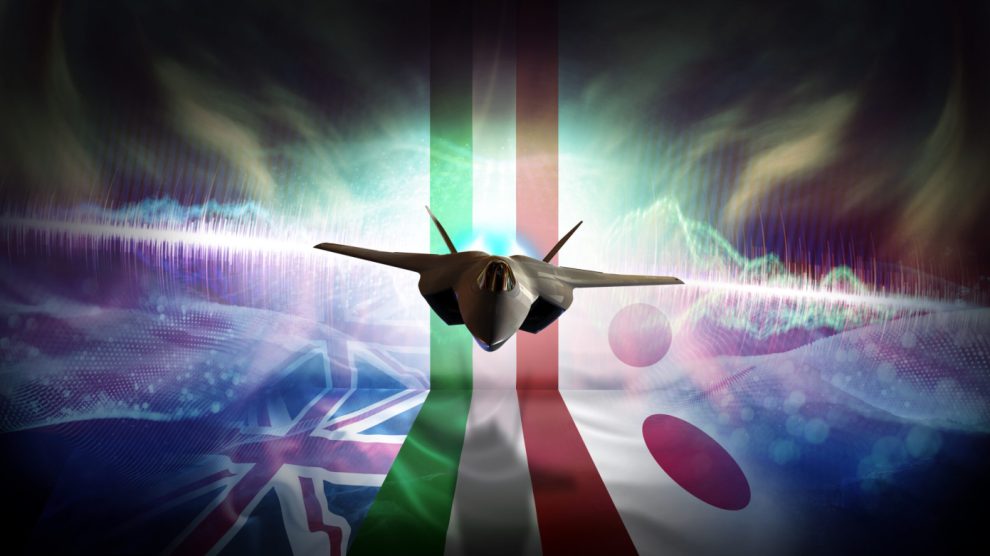Japan presses on with GCAP-targeted defence shift. On Tuesday, the government in Tokyo approved its new rules on weapons export, effectively making it easier to export lethal equipment – continuing its strategic rethink of its postwar refusal to sell arms. In doing so, Japan positioned itself to sell the next-generation fighter jet it’s developing with Italy and the United Kingdom.
- The joint project, known as the Global Combat Air Program, is expected to deliver its first aircraft around 2035.
- Tokyo noted that the revision is limited to the GCAP and that it doesn’t plan to export any other weaponry for the moment.
- An earlier update to the rules last December cleared the way to sell United States-designed Patriot missiles back to the US, thus helping replace munitions that Washington is sending to Ukraine.
A necessary shift. The new rules will allow exports to third countries with which Japan has defence technology transfer agreements, such as the United States, France, Australia, India, the Philippines, and the United Arab Emirates. The government would still have to approve any sale. Still, Japan’s easing of its military export rules is its latest effort to realign its export policies to its allies – a response to growing global instability and the threats to the rules-based world order posed by regional rivals.
Speaking of those, China’s worried about it. “Japan’s relentless pursuit of progress in military development has raised strong concerns from neighbouring countries and the international community,” stated Lin Jian, spokesperson for the Chinese Foreign Ministry. That’s despite Beijing’s rapid military buildup, which worries Tokyo, its increasing assertiveness in areas like the South China Sea – displayed most vividly in its ongoing confrontations with other regional powers – and the growing number of joint exercises with Moscow.
- China’s rebuttal of Japan’s shift is in line with other attempts to cast it as a dangerous actor – not unlike the barrage of disinformation it unleashed after the release of the Fukushima wastewater.
- It also marks Beijing’s preoccupation with the GCAP, which is slated to guarantee a technological edge on the battlefield – thus directly threatening its military prowess in and beyond the South China Sea.
Meanwhile, Italy-Japan defence integration is in full swing. The GCAP is the pinnacle of the two countries’ growing technological and industrial entente. Recently, Japanese aerospace titan IHI announced its decision to open R&D centres in Italy and the UK by the end of the year to support the fighter jet’s development. According to the company, the new operations will support direct information exchanges with the UK-based body overseeing it, the GCAP International Government Organisation (GIGO), and the main companies underpinning the effort, i.e. BAE Systems, Rolls-Royce, Leonardo, Mitsubishi Heavy Industries and Mitsubishi Electric.
- As far as Italy is concerned, the choice of location could fall on the city of Turin, where aerospace company Avio Aero – which will participate in the development of the jet fighter’s engine – has its production base.
Ambassador Suzuki’s words. In a recent hearing before the Standing Committee on Foreign Policy for the Indo-Pacific – a subdivision of the Italian Chamber of Deputies’ Foreign Affairs Committee –, Japan’s Ambassador to Italy, Suzuki Satoshi, stressed Tokyo’s appreciation for Rome’s growing interest in the Indo-Pacific, also in light of its interconnection with the Euro-Atlantic area.
- The diplomat mentioned the Japanese visits of the Italian Navy’s Nave Morosini and the Air Force’s F-35s last year. He also highlighted the upcoming ones – featuring the Cavour flagship aircraft carrier and the Vespucci training ship.
- The ambassador referred to the GCAP as “the most important joint project,” which “not only strengthens our defence capabilities, but also creates spillover effects on the respective defence industries and other high-tech sectors of the participating countries […] significantly raising the level of advanced technologies.”





